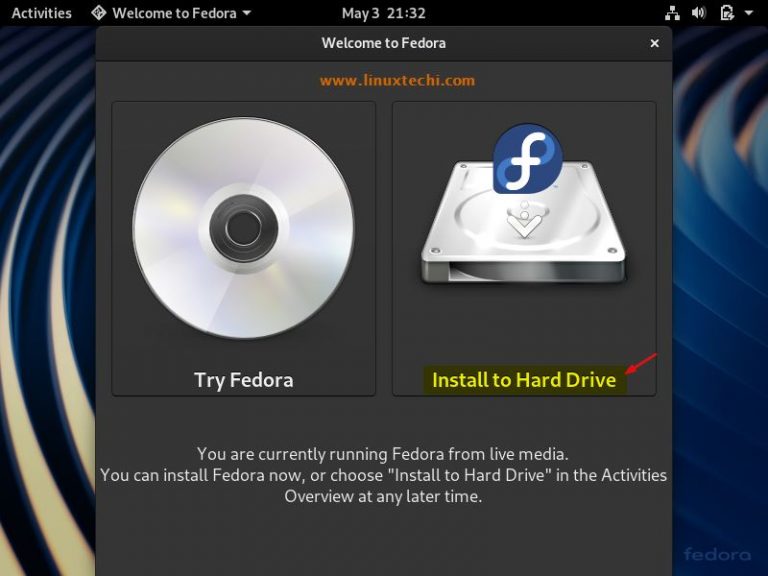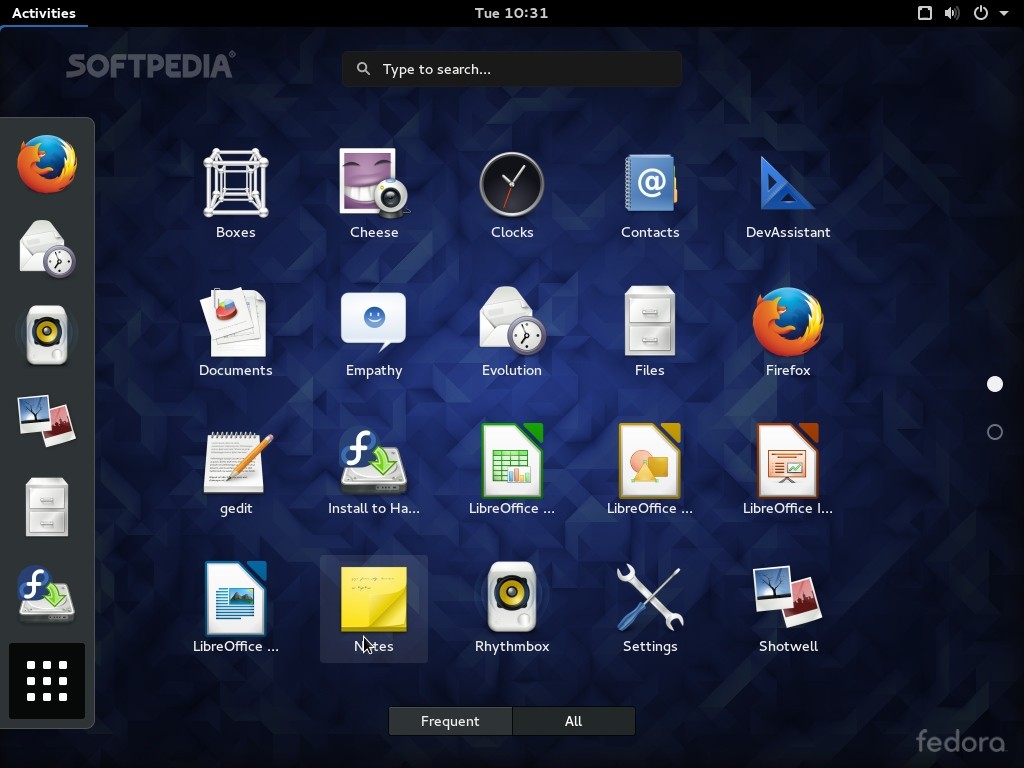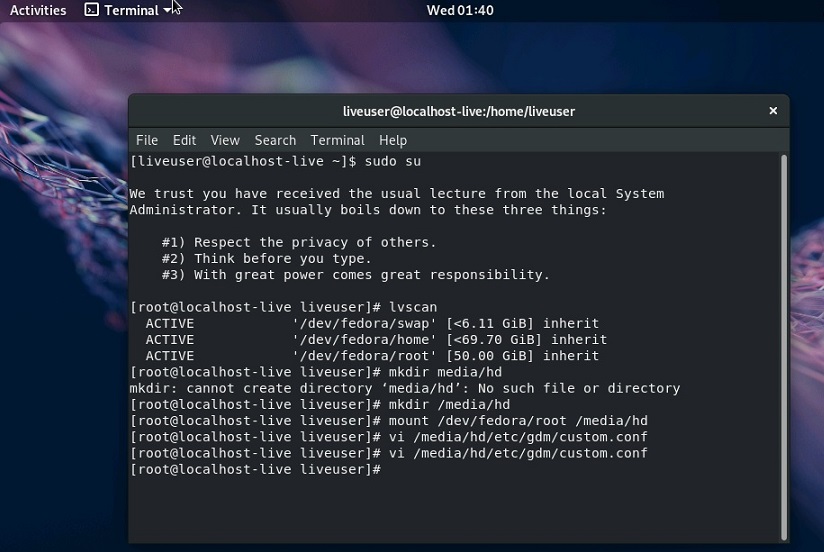

- Fedora workstation upgrade cli how to#
- Fedora workstation upgrade cli install#
- Fedora workstation upgrade cli update#
- Fedora workstation upgrade cli archive#
These extensions install a server on the remote environment, allowing local VS Code to smoothly interact with remote source code and runtimes. The VS Code Remote Development extensions allow you to work in the Windows Subsystem for Linux (WSL), remote machines via SSH, and dev containers directly from VS Code. In VS Code, we want users to seamlessly leverage the environments that make them the most productive. It allows you to securely connect to that remote machine from anywhere through a local VS Code client, without the requirement of SSH. The Visual Studio Code Server is a service you can run on a remote development machine, like your desktop PC or a virtual machine (VM).
Fedora workstation upgrade cli update#
Update SoftwareĮnsuring you have the latest packages for all currently installed software is vital. Upgrading from Fedora 36 to Fedora 37 Using Command Line 1. Once the upgrade process completes, your system will boot into the newer Fedora 37. The process will take some time, so please be patient and wait for the process to be finished. The system will now restart to apply the downloaded system upgrades, as shown below. Just click on the “ Restart & Install” button. Enter your password and confirm with the “ Authenticate” button.Ī new popup window will appear, and you’ll be asked to restart your system. When the download is complete, click on the “ Restart & Upgrade” button to start the upgrade process to Fedora 37.Ī popup window will appear and prompt you to enter the password for your user. However, the download will take some time, depending on your internet speed. When you hit the “ Download” button, all the files required for the upgrade will be automatically downloaded. Click the “ Download” button to download Fedora 36 packages. You will see a notification that says, “Fedora Linux 37 Available”. Open the Software application, hit the “ Refresh” button, and go to the “ Updates” pane. This method involves upgrading using the graphical Software Center. Upgrades are immediately available from the previous version whenever a new version of Fedora is released. Upgrading from Fedora 36 to Fedora 37 Using GUI The command creates a backup of all files in located under the root partition ( /), which should be transferred to another computer or drive, for example, using the SCP command. sudo tar czf / \Īdd more -exclude= parameters if you need to.
Fedora workstation upgrade cli archive#
Of course, you can always use a command like the one shown below, which will archive all of the more important directories and their contents in a tar.gz archive. So before doing anything else, do full system backup. Backing Up Your SystemĪbove all, safety first! Before attempting a major upgrade on any system, you should ensure you won’t lose data if the upgrade goes wrong. This article was written for upgrading from Fedora 36 to Fedora 37, but the steps for upgrading the Fedora version remain the same for any release. There are two ways to upgrade to a new Fedora version, graphically or using the command line, and I will show you both ways here.

You benefit from getting the newest software, including new security patches and upgraded technology that comes with a new release, without resorting to reinstalling and reconfiguring your system. You can easily upgrade to the latest desktop or server edition using an older version.

Fedora workstation upgrade cli how to#
Here’s a step-by-step guide on how to upgrade to Fedora 37 from Fedora 36!įedora brings two major stable releases every year. Upgrading Fedora’s version is quick and easy.


 0 kommentar(er)
0 kommentar(er)
